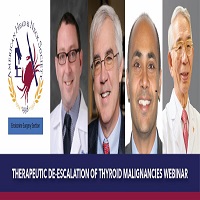AHNS Business Meeting Recap 2021-2022 AHNS Leadership
Dear AHNS Members, The AHNS just completed a very successful virtual 10th International Conference and thank you to everyone who participated. During the Business Meeting, we promised to provide a recap of all the innovative and productive updates from our leadership, services and sections. To view the updates, please log on to your member account …



